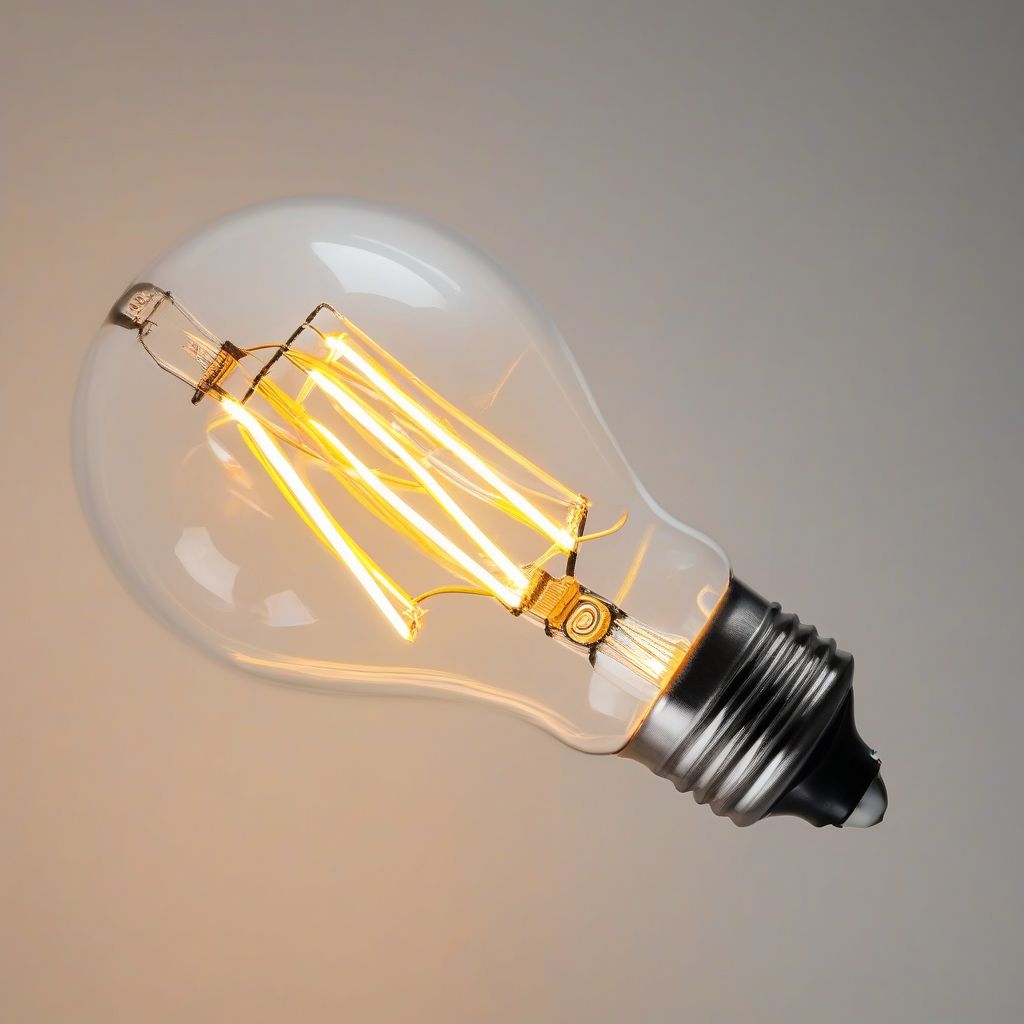Imagine a world where your electricity bill shrinks significantly, all while enjoying brighter, more vibrant lighting. This isn’t a dream, it’s the reality of switching to LED lighting. But just how do these tiny powerhouses achieve such impressive savings? Let’s dive into the illuminating world of LED technology and uncover the secrets behind its energy efficiency and cost-reducing prowess.
The Science Behind LED Energy Savings
LEDs, or Light Emitting Diodes, are fundamentally different from traditional incandescent and fluorescent bulbs. Instead of heating a filament or using a gas discharge, LEDs produce light by passing an electric current through a semiconductor material. This process is remarkably efficient, converting a significantly higher percentage of electricity into light rather than heat.
Minimal Heat Loss
Incandescent bulbs lose a staggering amount of energy as heat, making them incredibly inefficient. Fluorescent lights, while better, still produce a noticeable amount of heat. LEDs, on the other hand, remain remarkably cool to the touch, minimizing energy waste and reducing the need for cooling systems, especially in commercial spaces. This is a key factor in their energy-saving capabilities.
 LED Light Bulb Energy Saving
LED Light Bulb Energy Saving
Directional Light Output
LEDs emit light in a specific direction, unlike incandescent bulbs that radiate light in all directions. This directional nature allows for more focused illumination, reducing the need for reflectors and diffusers that can absorb and waste light. This targeted light delivery further enhances their efficiency.
Longer Lifespan
One of the most significant advantages of LEDs is their exceptional lifespan. They last significantly longer than both incandescent and fluorescent bulbs, reducing replacement costs and the hassle of frequent bulb changes. This longevity contributes to long-term cost savings.



